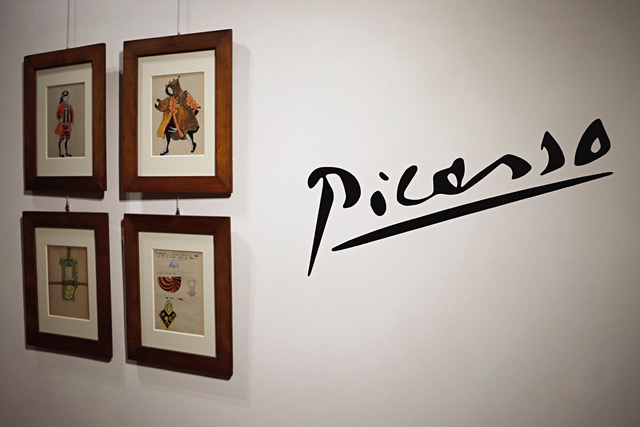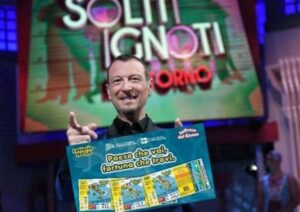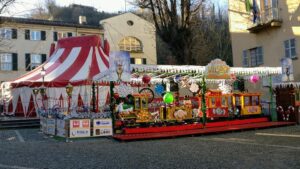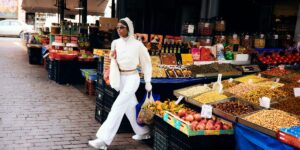
Cherasco – Sunday 12 January, on the occasion of the last day of opening of the exhibition “Picasso and his inheritance in Italian art” scheduled at Palazzo SaffaRis in Cherasco, the guided tours will be accompanied by a series of mini performances of classical and contemporary dance by Joanne Cook
Dance Academy Asd. The choreography, on music by Loren Balfe (taken from Genius Picasso – National Geographic Original Series Soundtrack) and Erik Satie, add the size of the sound and movement to the exhibition, agreed to the work of Picasso which has always included, since the beginning, the ballet and the theater in its artistic research.
Music and choreography will transform the visit into a real experience and they will make the visit even more unforgettable and
suggestive. On the last day the two curators will also be present and visitors will also welcome, Cinzia Tesio and Rino Tacchella, and the artistic director Riccardo Gatolin.
The exhibition, curated by Cinzia Tesio and Rino Tacchella, proposes an intriguing path dedicated to the art of Pablo Picasso (Malaga 1881 – Mougins 1973) and all those authors who with their paintings and sculptures, starting from the late ten years of the twentieth century, a period in which for the first time Picasso has stayed in Italy, have declined a language somehow attributable to the Picassian work. Picasso are proposed paintings, ceramic sculptures, drawings and graphic works produced in different expressive moments: from the ten years until the seventies trying to cover a vast and varied time span from the point of view of creativity.
Each composition contains ideas, thoughts and, above all, linguistic innovations obtained using unpublished means and materials (unscrupulous), sometimes shocking considered the period. It is in the gesture that Picasso gives his hidden thoughts, his inventions, his passions for those who focus on looking carefully his works. During the Roman stay he sees the works and meets several Italian artists such as Balla, Boccioni, Soffici, Carrola and Depero; But what strikes him most is the view of ancient paintings, the classic sculptures and the works of the past genes that enhance it to the point that reproduces some. The same exaltation prove Italian artists in front of his works especially cubist ones, a new and modern language similar to Italian futurism. Several are the authors presented on display that produce works of clearly Picassian inspiration in which realism merges with a new way of reading and interpreting reality by attributing a strong symbolic value to what they paint.
A second part of the review is dedicated to the ceramic work of Picasso and the meeting with Tullio di Albisola gone to find him with the aim of demonstrating that in Italy, already many years before his experience with clay, artists and artistic movements of clear fame such as the second futurism, Martini, Fontana, Melotti, Scanavino had created colored sculptures, determining the passage of the ceramic from the art. Many years before the Picassian experience in Vallauris.
The exhibition consists of a hundred works from public collections and Italian private collections and accompanied by a catalog that contains the curators’ texts and color reproduction of all the works on display.
Hours to the public:
From Wednesday to Saturday
ore 9,30/12,30 – 14,30/18,30
Holidays
ore 9,30/13,00 – 14,30/19,00
Contacts and reservations visits groups:
ufficio.stampa@comune.cherasco.cn.it
Tel. 0172 427050
Fax 0172 427055
www.comune.cherasco.cn.it







